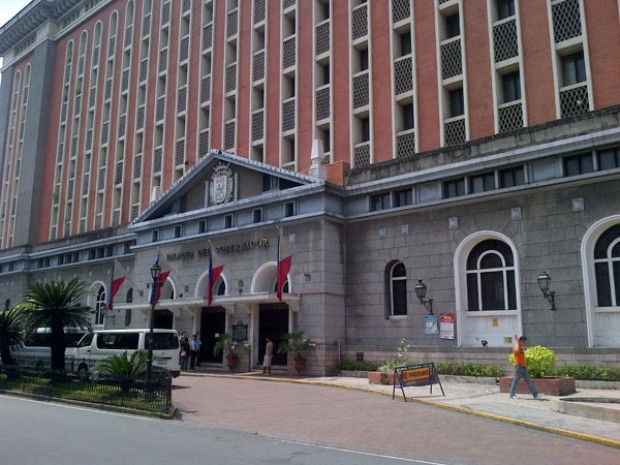The Commission on Elections (Comelec) will implement “mobile voting” in the 2016 national and local elections in a bid to allow over a million overseas Filipinos to cast their votes.
Commissioner Arthur Lim, in a press conference held at the Department of Foreign Affairs Aseana office in Parañaque City, said the mobile voting system entails bringing the vote-counting machines to areas abroad with big numbers of Filipinos.
“We will bring the voting machines to stations outside the embassies where our overseas Filipino voters may conveniently go to vote,” said Lim, who is the head of the Comelec-Office for Overseas Voting.
“We will conduct akyat-barko voting. The BEIs (Board of Election Inspectors) will bring the voting machines to certain designated ports, where the ships dock,” he added.
Internet voting, however, will not be used, he said, adding that the Comelec was not yet prepared for this and it would need an explicit law allowing it.
Section 28 of the Republic Act No. 10590 states that, due to the peculiarities of the overseas voting process, the Commission may explore other more efficient, reliable, and secure modes or systems, such as internet-based technology, for on-site and remote registration and elections.
Lim said they are not closing the door on Internet voting in future elections.
The Comelec has so far used only personal voting systems abroad, calling on overseas Filipinos to cast their votes in Philippine embassies and consulates, and mail voting, wherein accomplished ballots are mailed to Philippine posts.
At present, the poll body is looking to implement automated elections in 29 overseas Philippine posts, some of which will include a mobile voting system, Lim said.
During the 2013 elections, the Precinct Count Optical Scan machines were used in Hong Kong, Singapore, Dubai, Jeddah, Kuwait, Riyadh, and Abu Dhabi.
Lim said the Comelec expects the overseas voter turnout for the 2016 elections to reach 50 percent with the help of mobile voting. They expect a higher interest among overseas voters since the next election will elect the next president of the Philippines.
“I hope we will be able to reach the 40 percent and maybe 50 percent voter turnout,” said Lim.
Comelec data show that there are already 1,197,756 registered overseas voters.
Lim said they are hoping that the number will reach 1.5 million before registration for overseas voters ends on Oct. 31.
Comelec records also showed that during the previous two presidential elections, the voter turnouts were tallied at 65 percent (2004) and 26 percent (2010).
On the other hand, the midterm elections registered lower voter turnout with 16 percent both for 2007 and 2013.


